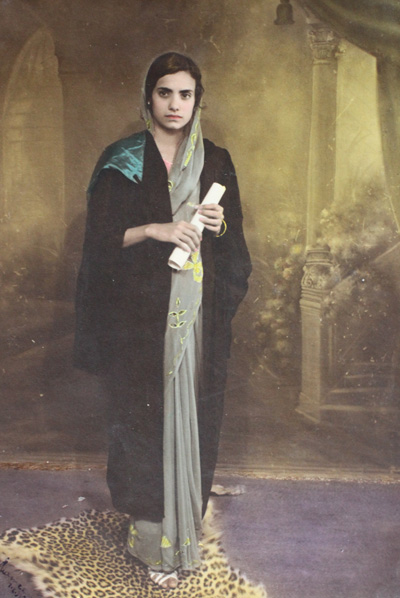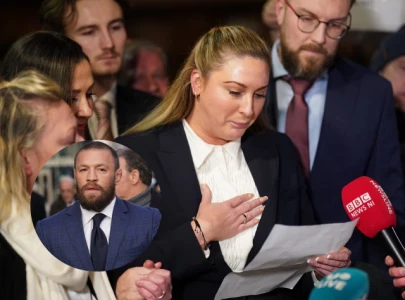
Syed Nadir Ali Shah came from a province in the northeast of Iran called Khorasan, which means ‘where the sun comes from’, also known as the land of saffron. Mader never told me this story; I suppose she was not a very nostalgic person. Or perhaps she simply did not have time for such frivolities. Born in 1916, she lost her father when she was merely nine years old, leaving her mother with the responsibility of bringing up four daughters. Educated — Mader was one of the first women in Pakistan to obtain an MA in Economics from Government College Lahore in 1938 — she went on to become a civil servant, a wife, a mother, a grandmother and a fabulous and curious cook.
Mader was not only my grandmother, she was also my partner and my best friend. I went to live in Pakistan with her when I was 13 years old and every day after school, we used to have lunch together at home. There were spiced tomato stews with chicken or mutton, eaten with naan from the local tandoor, burnt aubergine raitas, which we both loved, and seasonal, sliced fruit, langra mango or custard-hued guavas eaten with globs of fresh, thick cream on top.
I wish I could tell you that she prepared these meals for me with her own hands, but she was not that kind of grandmother. She was an avid cook, but she was not one to enter the kitchen on a daily basis, plus, her expertise did not lie in Pakistani cuisine. As for dishes from her heritage — Pakistani or Persian — as a working woman for most of her life, I suppose she felt those were best left to the experts, the cooks in her kitchen.
When Mader did cook, she made crème anglaise with an apple tart (thanks to her cookery lessons at the French Cultural Institute in Lahore) or a roast chicken, with crackly skin alongside a zucchini gratin which she learnt to make from the chef of her friend, the US Consulate General in Lahore.
I had always heard stories of my grandmother’s Irani ancestry, but after moving to Toronto I became keenly interested in finding out more about where her family had come from. By that time, Mader was long gone.
In my home, on Navroze, you won’t find the ceremonial table of the haft-seen nor will you find me making the traditional Navroze dish, sabzi polo mahi (fish with herbed rice). For me, Navroze is very personal and indeed, it is about new beginnings — such as my move to Toronto after my marriage. It was a new place, strange and far from my adopted home in Rome. Navroze also reminds me of Mader’s resilience and how she carried on as the strong matriarch of her family even after suffering a double mastectomy.
On Navroze I like to bake something sweet for my husband and son, maybe some shortbread spiked with a little rosewater, which Mader would have loved to enjoy with her cup of tea and I buy some roses, because Mader loved Damasks and grew them in her garden in our family home in Lahore. And on March 20th, on Navroze, I will read a bit of Ghalib’s poetry, which Mader loved — she always used to quote the stanza: Go haath ko jumbish nahin aankhon mein toh dum hai.
Eid e Shoma Mubarik.
Shayma Saadat is a food writer, photographer and stylist who also writes the award-winning blog, Spice Spoon. You can follow her visual diary on Instagram @SpiceSpoon.

















COMMENTS
Comments are moderated and generally will be posted if they are on-topic and not abusive.
For more information, please see our Comments FAQ